Learn how to – UPLOAD IMAGES OR FILES WITH SLIM PHP AND ANGULARJS.
This code snippet illustrates how you can upload a file preferably an image from angularjs frontend to slim php server

1. Write a simple form for the user to upload filE
Take note of file-model directive that assists us to upload the image
</p>
<form>
<input type="file" class="form-control" file-model="myFile" required>
<button class="submit btn btn-danger" type="submit" ng-click="uploadFile()"> Create </button>
At the controller add the function that process the click event
$scope.uploadFile = function()
{
//ASSIGN THE FILE SCOPE OBJECT TO FILE
var file = $scope.myFile;
//Create object that contains the parameters needed by the server
var data={user_id:$stateParams.user_id,img:file};
//ANgularJS FACTORY that posts data to the server
Data('/uploader').postImage(data,
function(response)
{
if(response.status=="error")
{
$rootScope.msg=response.msg;;
}else
{
$rootScope.msg=response.msg;;
}
}
);
}
This is the angularjs directive that process the file. You don’t have to change anything here
app.directive('fileModel', ['$parse', function ($parse) {
return {
restrict: 'A',
link: function(scope, element, attrs) {
var model = $parse(attrs.fileModel);
var modelSetter = model.assign;
element.bind('change', function(){
scope.$apply(function(){
modelSetter(scope, element[0].files[0]);
});
});
}
};
}]);Angularjs factory that allows us to send data to the server. Make sure you specify the headers as i have set and don’t forget the transform request otherwise it wont work..
app.factory("Data",['$resource','$localStorage',
'$sessionStorage',
function($resource,$localStorage,
$sessionStorage)
{
var serviceBase="http://mycoolwebsite.com/user_image.php";
return function(link)
{
return $resource(serviceBase+link,{},{
postImage:{method:'POST',
transformRequest: formDataObject,
headers: {'Content-Type':undefined, enctype:'multipart/form-data'}
},
two_query:{
url:serviceBase+link,
method:'GET',isArray:false,
params:{
company_code:'@company_code',
event_code:'@event_code'
}
}
});
function formDataObject (data) {
var fd = new FormData();
angular.forEach(data, function(value, key) {
fd.append(key, value);
});
return fd;
}
}
}
]);
$app->post('/uploader',function()use($user,$app)
{
//$user-This is a class that has pdo statements for interacting with the database
$var = $app->request->getBody();
$myvar1=json_decode($var,true);
$user_id=$_POST['user_id'];
print_r($_FILES['img']['name']);
do check for image types here and imprve security.You could restrict to only png/jpg/gif file formats only.Depending on what you need.
if(!isset($_FILES['img']['name']))
{
$error['status']="error";
$error['msg']="Encountered an error: while uploading.no FILE UPLOADED";
echo json_encode($error);
}
else
{
$imgs=array();
if($_FILES['img']['error']==0)
{
$name=uniqid('img-'.date('Ymd').'-');
if(move_uploaded_file($_FILES['img']['tmp_name'],'posters/'.$name)==true)
{
$old_neem=$_FILES['img']['name'];
//make sure you have a folder called uploads where this php file is
$imgs[]=array('url' => '/uploads/' . $name, 'name' =>$old_neem);
$post_success=//insert $name into database here
if($post_success)
{
$error['status']="success";
$error['msg']="Image updated successfully";
echo json_encode($error);
}
else{
$error['status']="error";
$error['msg']="Encountered an error: while uploading.no FILE UPLOADED";
echo json_encode($error);
}
}
}
}
});
Do display the image. Just call the api and display it as follows
<img ng-src="pathtodirectory/{{myimagename}}"> 








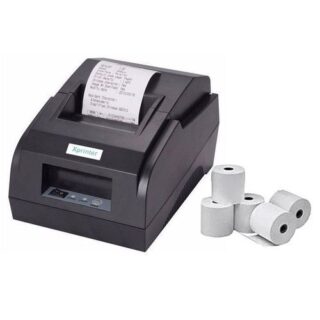
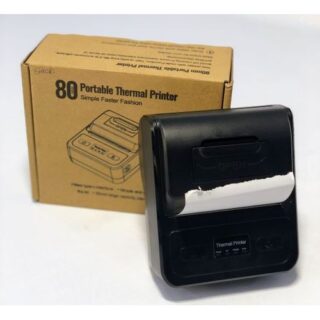




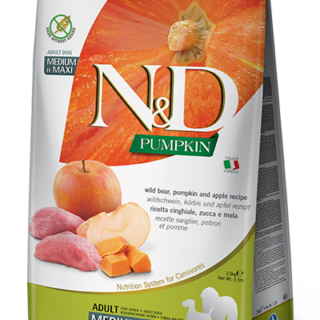



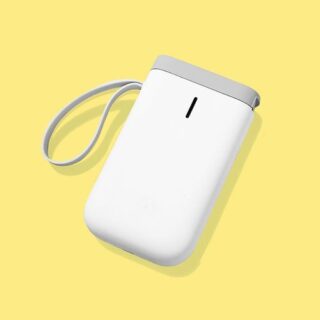
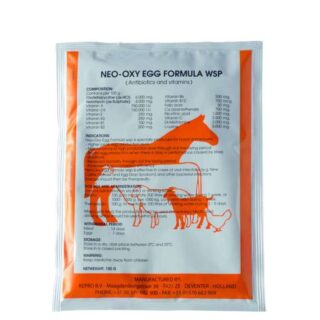
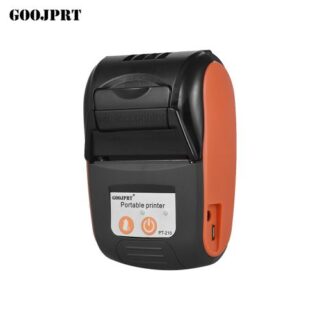


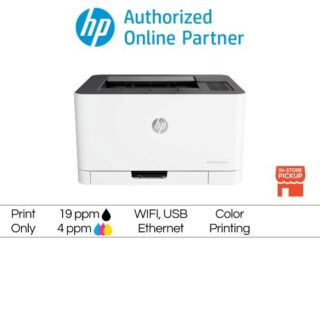

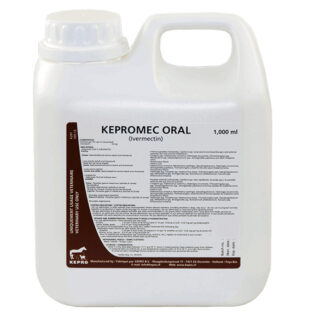


Leave a Reply
You must be logged in to post a comment.